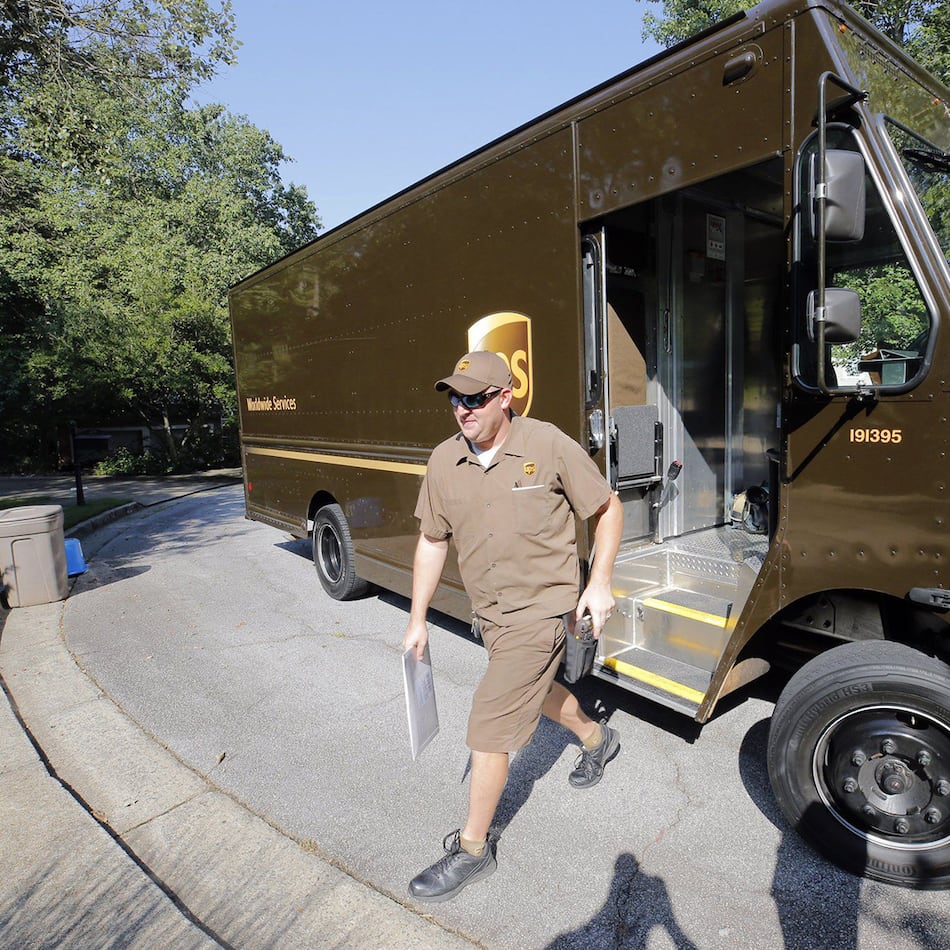Chestatee River Diving Bell. Hancock Park, one block north of the Dahlonega square, off Park and Warwick streets. 800-231-5543,
www.dahlonega.org. While there, visit the Dahlonega Gold Museum Historic Site, 1 Public Square. 706-864-2257, www.gastateparks.org/DahlonegaGoldMuseum.
DAHLONEGA — For more than a century, a strange, iron contraption with portholes and airlocks lay forgotten at the bottom of a shallow river in the North Georgia mountains.
It was a mystery when it was first fished out of the Chestatee in 1981, few people remembering what it was or what it was for.
When residents in nearby Dahlonega finally learned the truth, it seemed as if Jules Verne had somehow parked a steampunk submarine in their backyard, at least 300 leagues from the nearest sea.
On Friday the restored Chestatee River Diving Bell was unveiled in a park near the town’s popular Gold Museum. An ill-fated invention for scooping gold from the river bottom, the diving bell brought financial disaster to its creator, the whimsically named Philologus Loud, but might prove a boon to Dahlonega.
As a tourist attraction, boosters hope the bell will beckon visitors curious about Dahlonega’s gold rush history, which started in 1828, 20 years before California’s Sutter’s Mill discovery.
The diving bell is perhaps the strangest chapter of that history. But James Delgado, director of maritime heritage at the National Oceanic and Atmospheric Administration, said the device is even more important in the history of diving technology and American ingenuity.
“It is a rare survivor,” said Delgado, “the only known example of this type of machinery or craft …There’s not much that separates the person that built that bell from the Wright brothers.”
The diving bell was built in the 1870s, during an age of invention and underwater exploration. In that same time period workers were using massive open-bottomed caissons, air-tight structures used for underwater construction, during the building of the Brooklyn Bridge. Loud and his son, Charles, intended to use a portable caisson to place workers underwater in the Chestatee River.
Loud raised $50,000 to finance the operation and in 1875 secured leases on land near the Chestatee. His device had similarities to a diving bell designed by Benjamin Maillefert, which was used to place charges and clear underwater debris in the New York harbor. Loud’s bell was 14 feet long, six feet wide, and its domed ceiling was eight feet high. The front was wedge-shaped, to break the river current. An eight-foot entry tube with two pressurized hatches rose from the bell’s top and protruded above the water, allowing men and materials to gain access.
The device had no floor and was lowered to the river bottom from a specially designed boat equipped with a steam-engine compressor. Two men could stand dry-shod on the the river bottom inside the bell’s pressurized environment, shoveling sand and gravel into bins; the spoil was either pumped or hauled to the surface and funneled through a sluice to isolate gold particles.
It was a grand scheme, but there is no evidence that it worked. Loud never recouped his investment. Floods may have damaged the boat, and workers, who weren’t getting paid, filed a lien against Loud in March 1876. The boat was sunk the following October, apparently intentionally, and there it remains. (When the bell was hauled out of the water, the boat was left behind.)
On a recent overcast Friday afternoon, local historians Chris Worick and Anne Amerson hiked to the edge of the Chestatee in a section where it flows through the Achasta golfing community, just outside Dahlonega. Climbing down the river’s steep bank, they peered through the water at the ghostly shape of the 50-foot boat, covered in three feet of water and partially buried in river sand.
“Those boards look like they were cut yesterday,” said Worick, indicating the decking of the ship. Clearly visible was the distinctive “well,” an open space in the center of the ship through which the bell was raised and lowered.
Worick and Amerson have both researched the history of the diving bell and were instrumental in pushing for its preservation. A turning point occurred in 2007 when local diver Walter Garlinghouse sent photos of the bell to Delgado, who in turn convinced Mark Ragan, a member of the team that recovered the Civil War-era submarine the CSS Hunley in Charleston, S.C., to come visit. Ragan’s findings, as well as a story in Wreck Diver magazine, helped authenticate the bell’s cultural significance.
By then the land — and the bell — had changed hands twice. Achasta offered to donate the bell to the city, and local businessman Mike Cottrell of Cottrell Industries used his manufacturing facility to restore the underwater craft, building replacement parts for pieces that were lost or stolen during the years it lay neglected in the weeds by the river.
Public and private money have helped pay for the restoration of the bell and the construction of a pavilion in Hancock Park where the bell will be displayed.
Tommy Tritt, whose company is building the post-and-beam pavilion, spoke of friends and relatives who had seen the bell’s entry-tube sticking out of the Chestatee over the years. “Folks knew it was there,” he said recently at the Hancock Park pavilion site, as his partner cut 8-by-12 beams with a chainsaw. “They just thought it was a piece of junk.”
To the contrary, said Garlinghouse: “There is no price you can put on this. It’s priceless.”
About the Author
Keep Reading
The Latest
Featured


